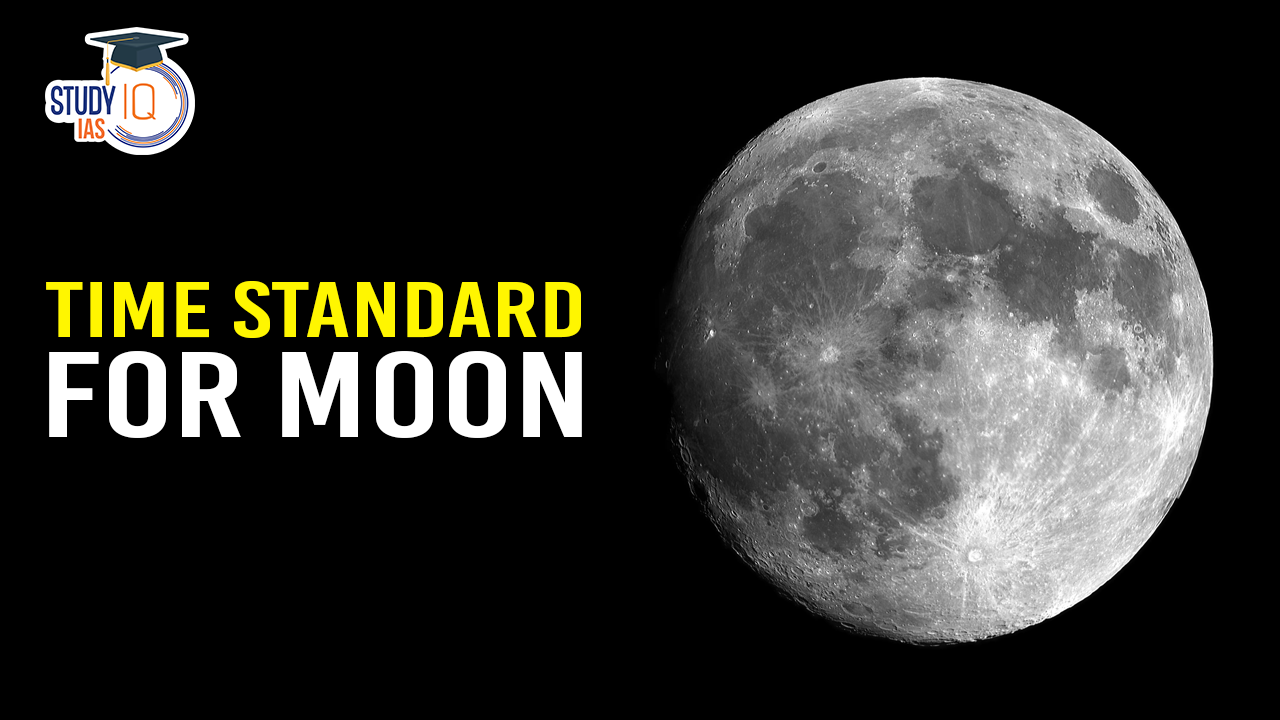Table of Contents
Context
- To support missions like Artemis, NASA has been tasked by the White House Office of Science and Technology Policy (OSTP) with establishing a standardised timekeeping system for the moon, to be called Coordinated Lunar Time (LTC).
- This will be synchronised with Earth’s Coordinated Universal Time (UTC).
- The deadline for the strategy’s implementation is December 31, 2026.
Why Is Coordinated Lunar Time Needed?
- Currently, moon missions use the time systems of the country operating the spacecraft.
- This lack of synchronisation can confuse future missions.
- As more space agencies plan a permanent human presence on the moon, LTC will be crucial for coordinating activities, both between bases and with their ground stations.
- LTC could form the basis for a lunar satellite navigation system (like Earth’s GPS) by 2030.
| Government Collaboration |
| The U.S. Departments of Commerce, Defense, State, and Transportation are collaborating on this initiative. |
Background on Time Standardization
- Origin of UTC: The concept of UTC was developed in the 1960s, utilising a weighted average of several atomic clocks for high precision, known as the International Atomic Time (TAI).
- Solar vs. Atomic Time: UTC was designed to bridge solar time (based on Earth’s rotation relative to the Sun) and atomic time, maintaining a close alignment with both.
Celestial Time Standardization Policy
- The White House policy aims to establish a time standard for each celestial body and its surrounding space, with an initial focus on the moon and cislunar activities.
- Key Features of the Time Standard:
- Traceability to UTC: LTC will be linked to Earth time.
- Scalability: Designed to work beyond just the Earth-Moon system.
- Accuracy: Must be precise for navigation and scientific purposes.
- Resilience: Functional even if contact with Earth is lost.
Implementation and Future Prospects
- Uniform Lunar Time Zone: Unlike Earth, the moon will have a single time zone, eliminating the need for daylight saving adjustments.
- Support for Permanent Lunar Presence: As international space agencies plan for permanent human habitation on the moon, LTC will facilitate coordinated activities and communications between space missions and ground stations.
- Foundation for Lunar Satellite Navigation: By 2030, LTC is expected to support the development of a lunar satellite navigation system, analogous to Earth’s Global Positioning System (GPS).


 List of Military Exercises of India 2024...
List of Military Exercises of India 2024...
 India to Host First Global Conference on...
India to Host First Global Conference on...
 How Terror Networks Abuse Digital Tools
How Terror Networks Abuse Digital Tools





















